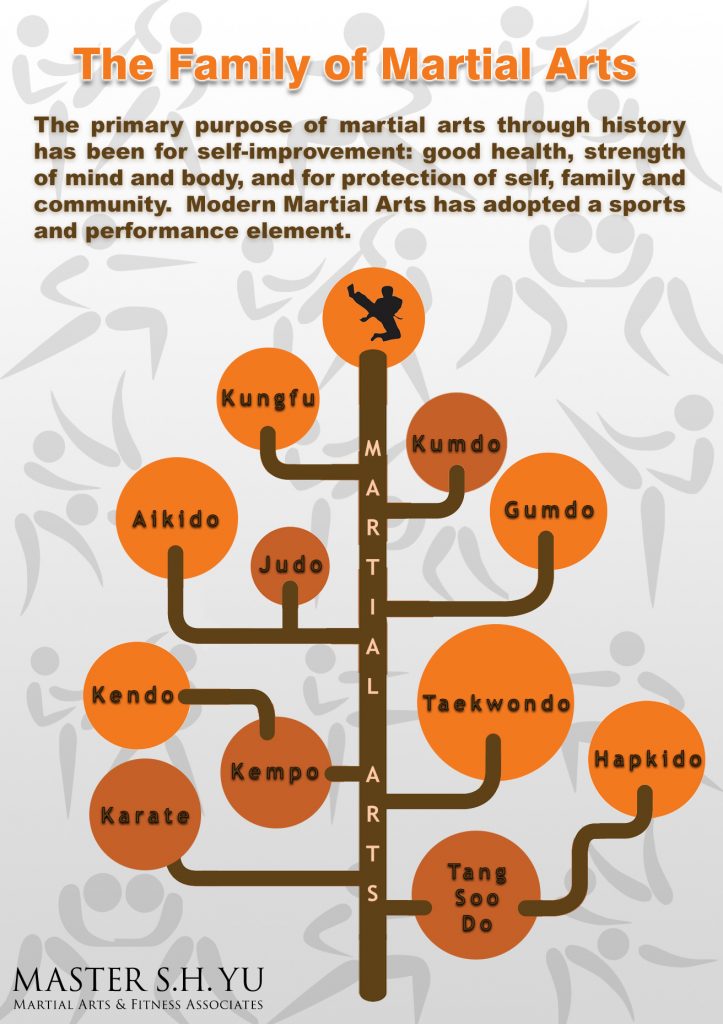Demystifying The Various Martial Arts Styles: From Karate To Taekwondo
Demystifying The Various Martial Arts Styles: From Karate To Taekwondo
Blog Article
Published By-Osman Russo
Are you tired of sensation overwhelmed by the vast globe of fighting styles? With so many designs to select from, it can be easy to obtain lost in a sea of strikes, kicks, and mysterious names. Yet anxiety not!
This discussion will certainly demystify the various martial arts designs, taking you on a journey from the powerful strikes of Karate to the vibrant kicks of Taekwondo. Get ready to uncover the origins, techniques, and ideologies behind these old art forms.
So, tighten your belt and prepare to start an enlightening exploration into the exciting globe of martial arts.
Origins of Martial Arts Styles
The beginnings of martial arts styles can be traced back to old worlds and their demand for self-defense and battle techniques. Throughout background, various cultures created their own unique approaches of battling, each with its very own set of strategies and viewpoints.
In China, as an example, martial arts styles such as Kung Fu and Tai Chi were established as a means of self-defense and boosting physical and mental well-being.
In Japan, the samurai warriors produced designs like Karate and Judo, focusing on technique, precision, and mastery of the body.
Likewise, in Korea, Taekwondo emerged as a martial art highlighting high kicks, fast motions, and mental determination.
These very early civilizations laid the foundation for the diverse selection of fighting styles designs that exist today, each with its own rich background and social importance.
Techniques and Educating Techniques
To grasp martial arts designs, professionals should discover different techniques and training approaches.
Strategies are the particular motions and activities used in fight, such as punches, kicks, throws, and blocks. Various fighting styles styles have their very own one-of-a-kind collection of techniques that specialists must grasp via rigorous training.
Educating methods vary depending on the design, but they normally entail a combination of physical conditioning, drills, sparring, and forms.
Physical conditioning is crucial to build stamina, versatility, and endurance. taekwondo near me assist practitioners improve their techniques and enhance their rate and precision.
Sparring permits practitioners to exercise their strategies in a managed, realistic setting. Kinds, likewise known as kata, are cut-and-dried series of motions that help practitioners create muscular tissue memory and emphasis.
Approaches and Concepts
Discovering the viewpoints and concepts of martial arts designs can offer you with a deeper understanding of your chosen self-control. Each martial art has its own special viewpoint and collection of leading principles that form the way it's practiced.
For example, Karate stresses discipline, respect, and self-discipline. It instructs practitioners to concentrate their body and minds, enabling them to protect themselves while maintaining a sense of inner peace.
On the other hand, Taekwondo places a solid focus on rate, agility, and flexibility. Its principles are rooted in the tenets of politeness, integrity, perseverance, self-constraint, and indomitable spirit.
Conclusion
Now that you have actually explored the beginnings, methods, and viewpoints of various martial arts styles, you have a deeper understanding of these old disciplines.
Picture a young karate student, experimenting unwavering decision and focus, appearing boards with a powerful strike.
Their journey showcases the devotion and strength called for to understand a martial art, reminding us that with self-control and determination, anything is possible.
